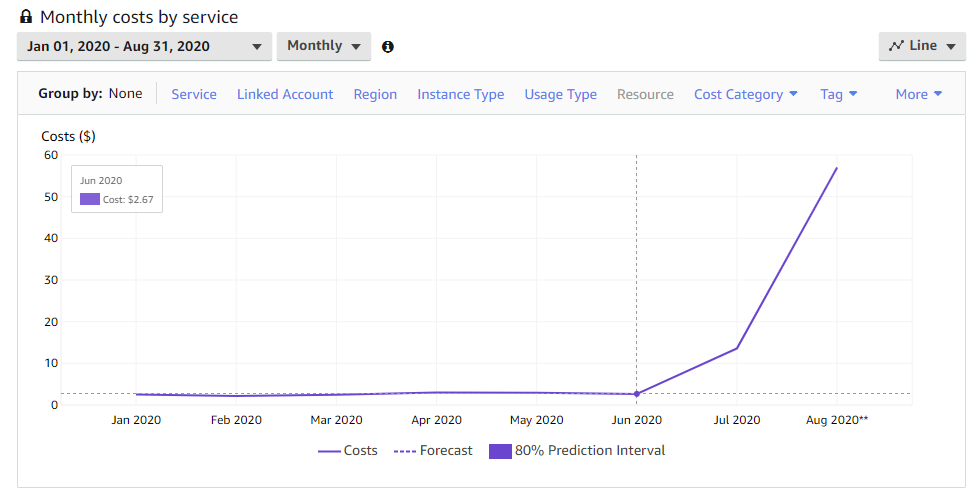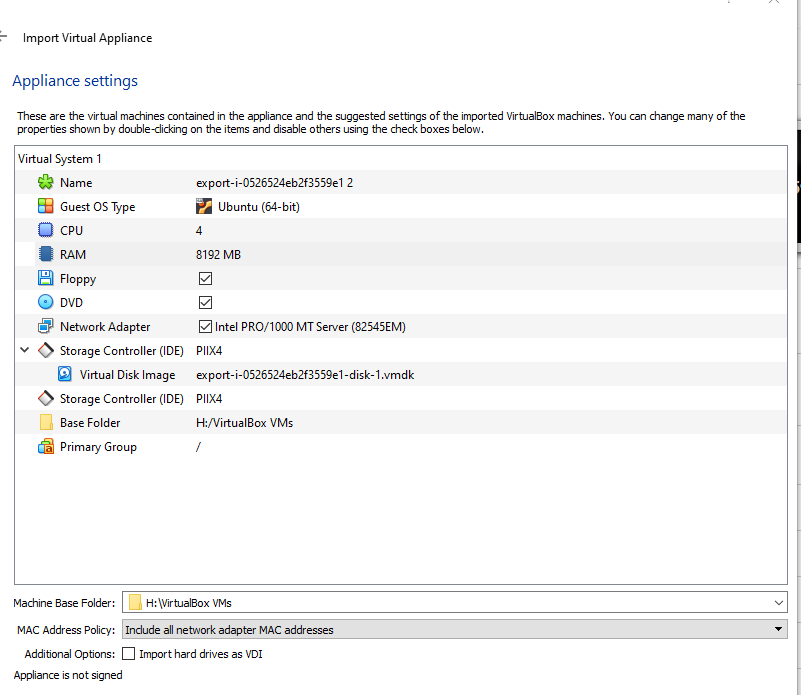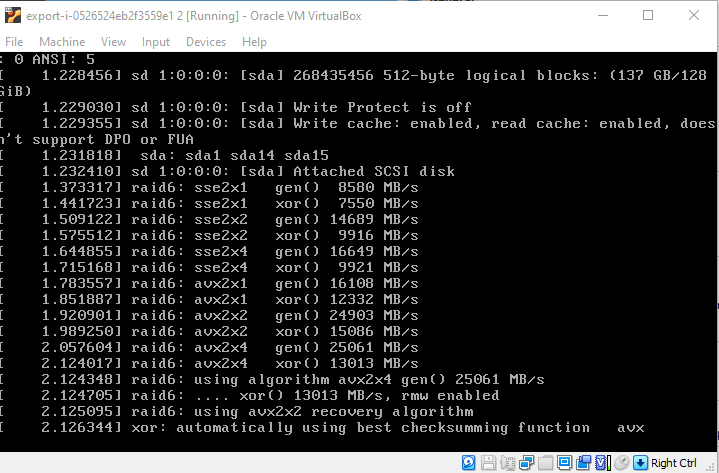I’m not made of money
This honeypot had been running in AWS for a few weeks. On avereage, I was spending about $2.50 each day for the compute and disk resources. That adds up pretty quick. This is a view of my spend since the beginning of 2020. It’s pretty easy to see I launched the honeypot late July and killed it mid-August.
Since I gathered a significant chunk of data, I want to make sure it’s useable outside of AWS without spending more money. I invested in a pretty beefy home desktop and lab so I figured I could just run it at home. I ended up not getting it to work and figured I’d document what I did and tried.
Exporting the VM
The export is pretty straight forward and documented here. First I created an S3 bucket. You also need to attach a specific ACL to the bucket to allow AWS to write the export to it which varies by region.
Once the bucket is ready, you can do the actual export. This is the exact syntax I ran with redacted account specific information.
1
aws ec2 create-instance-export-task --description "debian honeypot" --instance-id i-xxxxxxxxxxxxxxxxx --target-environment vmware --export-to-s3-task DiskImageFormat=vmdk,ContainerFormat=ova,S3Bucket=secret-bucket
If your bucket is created successfully, you’ll see a file show up called vmimportexport_write_verification created by the export process. Once I knew it was working, it took a while to run. You can use describe-export-image-task to check the status of the run.
Now the hard part
Once it’s exported, you can download it. I created an OVA so it could be imported quickly and easily into Virtualbox.
What a fool I was.
The import works. I added enough CPU and memory to get it running and then I also unchecked “Import Hard Drives as VDI” and changed the Mac Address setting as shown.
Regardless of the settinsg I tweaked, options I selected, or anything really, I could not get it to boot beyond this.
It works in VMWare Player though…
In VMWare player, I could boot the system, the disk passes the check, and I could get to a terminal to log in. Once I logged in, however, networking is clearly broken. I was missing network interfaces, unable to bring them up, unable to get a network connection in any way I could figure out.
I tried quite a few things, including exporting the network manager and creating new interfaces, setting static IP ranges to match what was there, and all sorts of things. No luck whatsoever.
I don’t know
I wish I had something better to end this with, but I just didn’t figure out what to do here. I ended up just leaving the VM shut off in my account to turn back on when needed. That’s life I guess.
Thanks for reading, if you have suggestions, I’d like to hear them.



